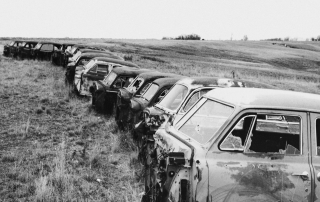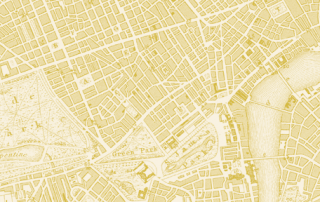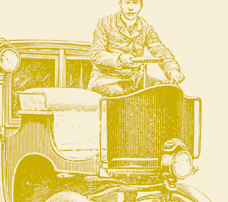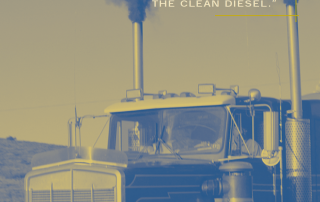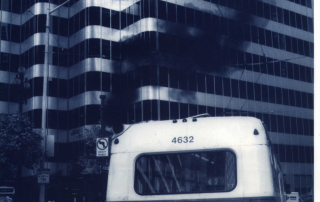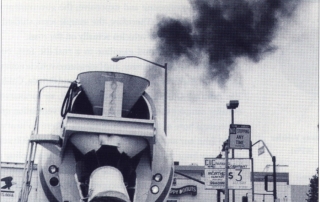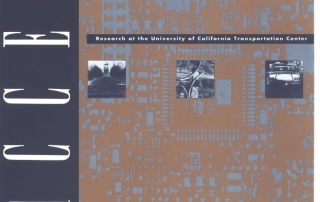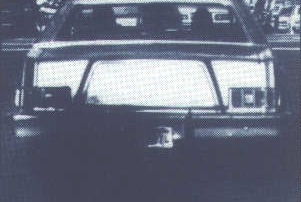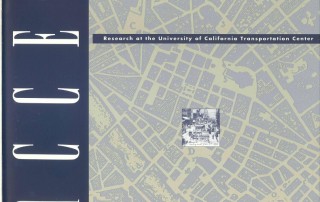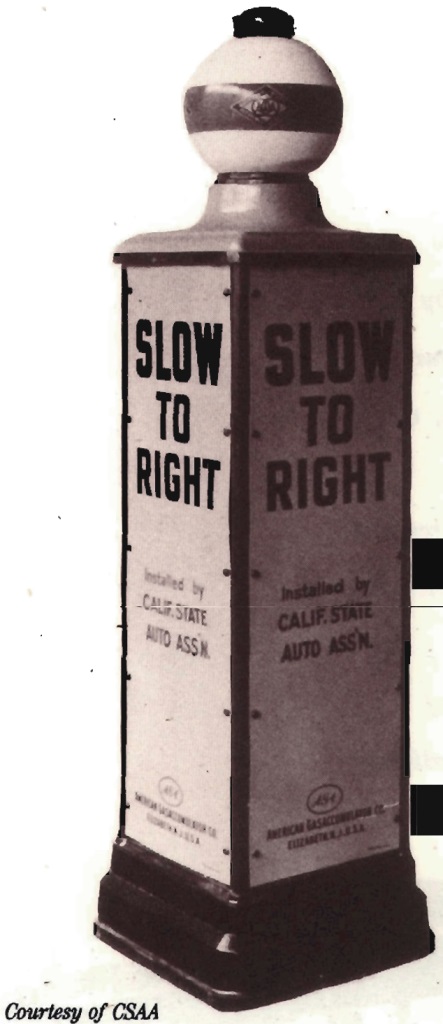Scrapping Old Cars
Jennifer Dill
Starting in 1968, rising federal standards have been reducing emissions from new automobiles. But all vehicles deteriorate over time; their pollution-control equipment breaks down and emissions rise as they age. So fleet turnover is crucial to reducing total vehicle emissions.
However, over the past thirty years turnover has slowed, and the personal vehicle fleet has been aging, in part because cars just last longer. Also, households today own more cars than they did thirty years ago. Instead of trading in an old car for a new one, they are now more likely to just add another, letting a teenager drive the older one or perhaps keeping it as a back-up. In 1970 only three percent of the automobiles on the road were fifteen years old or older; in 2001 sixteen percent were fifteen or older.

